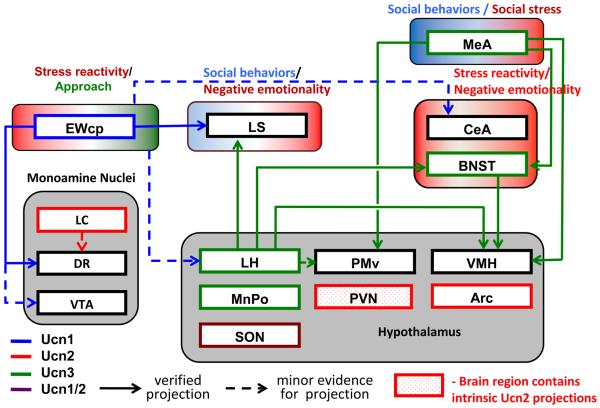Figure 1. Ucn circuitry potentially impacting addiction-related behaviors.
EWcp is the main site of Ucn1 production in brain. Ucn1 projections (blue) from this structure to the lateral septum (LS) and dorsal raphe (DR), two structures that mediate behavioral stress responses, are well established. Ucn1-immunoreactive fibers are, however, widely distributed, and the number of Ucn1-innervated brain regions is likely much greater than depicted. Projections from Ucn2 cell bodies (red) largely await characterization, while much of the forebrain Ucn3 circuitry has been mapped, and is indicated (green). Ucn1 activates both CRF1 and CRF2, receptors, while Ucn2 and 3 are CRF2R selective (see main text). CRF1R are widely distributed in the brain and are not shown; areas indicated in the figure as targets of Ucn peptides all contain CRF2 receptors to various degrees. Endogenous Ucn1 pathways originating from the EWcp mediate positively reinforcing effects of alcohol, although exogenous Ucn1 administration inhibits alcohol intake. The latter effect presumably reflects actions on targets that are innervated by endogenous Ucn2 or Ucn3 pathways, since exogenous administration of the latter two peptides inhibits alcohol intake. Endogenous Ucn2 or Ucn3 positively regulate the acute locomotor response to methamphetamine, a response that involves amygdala neurons.

